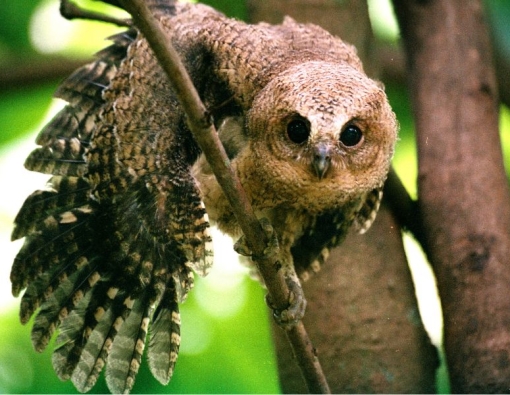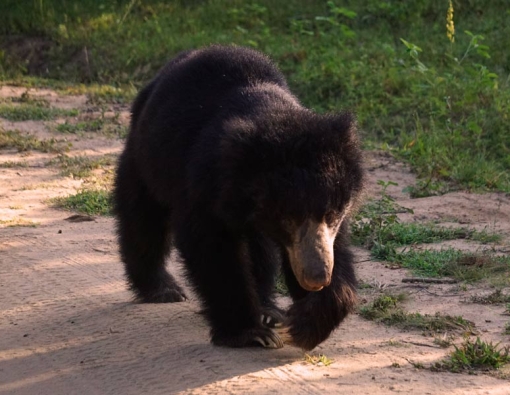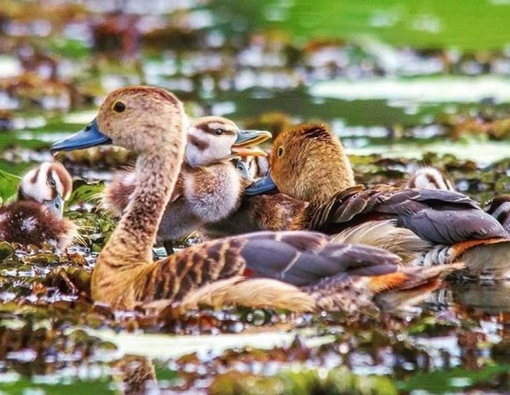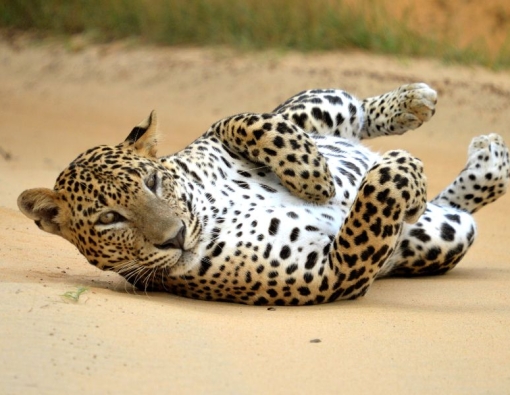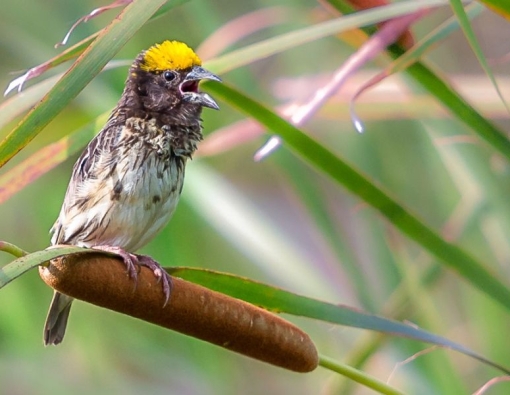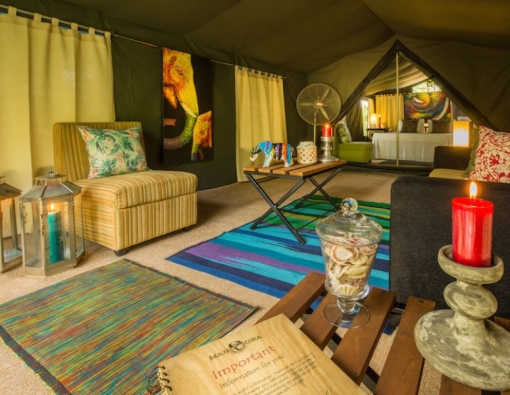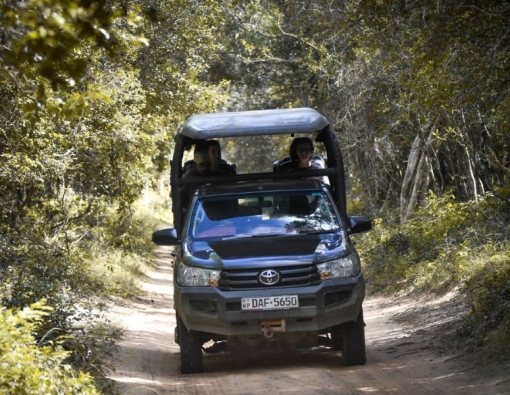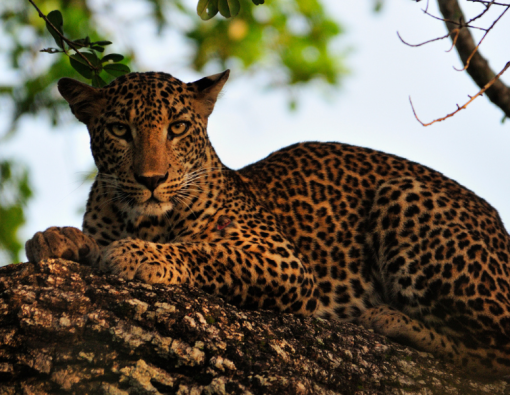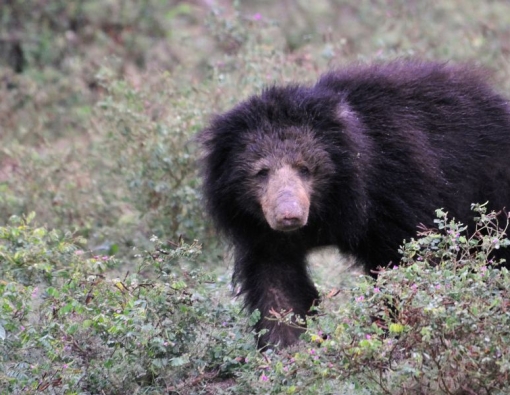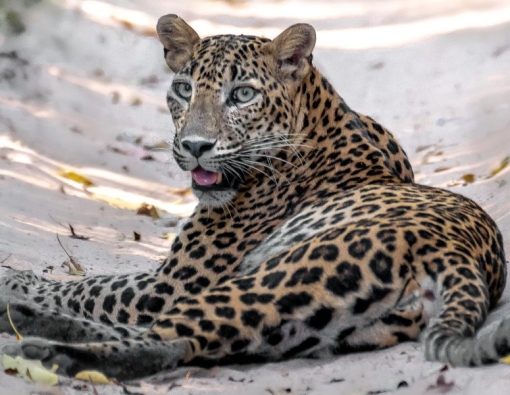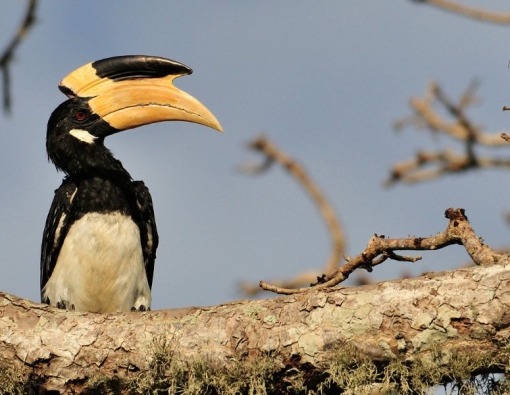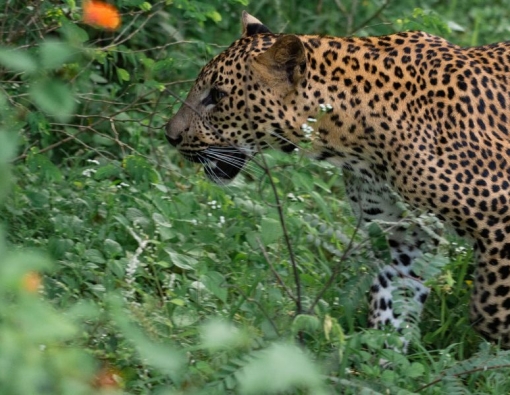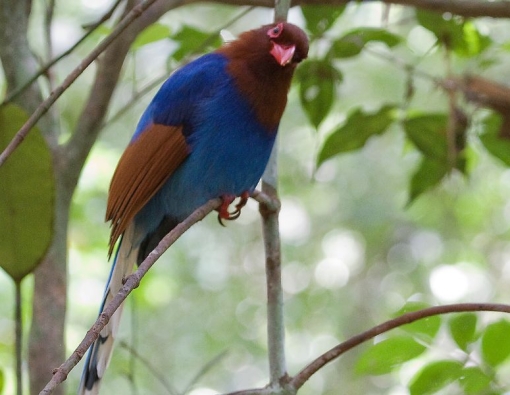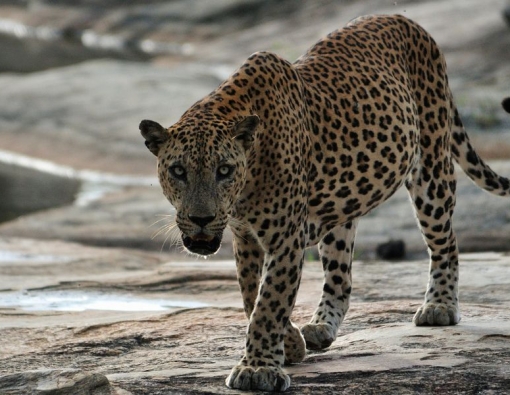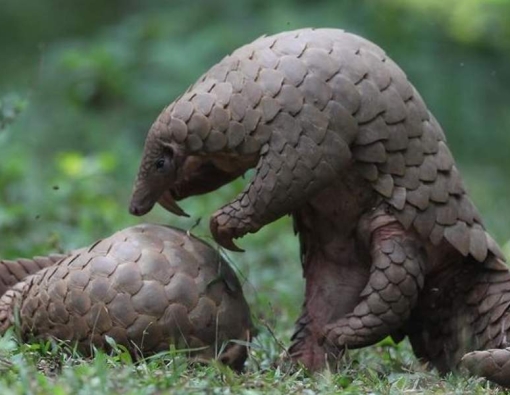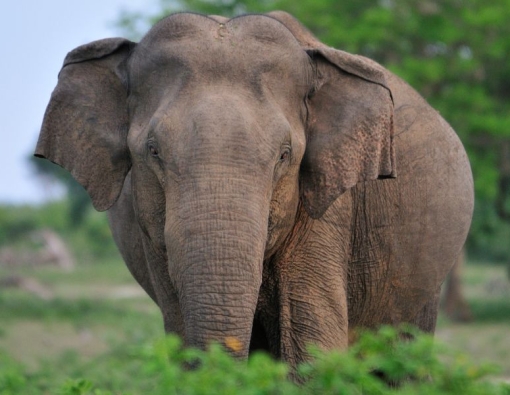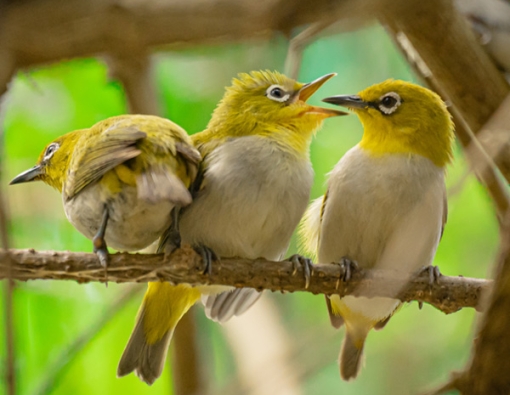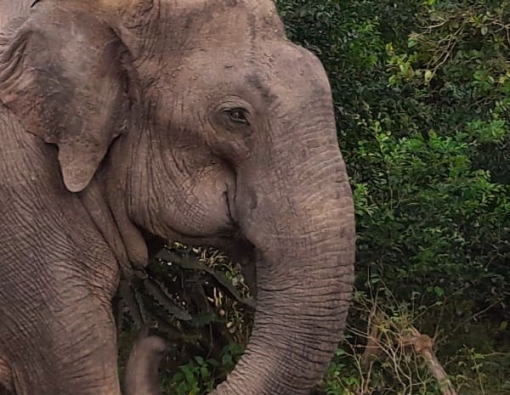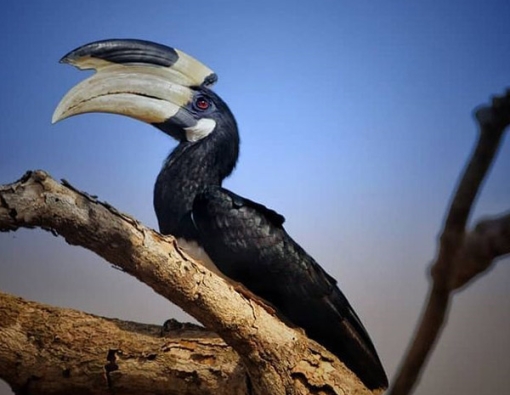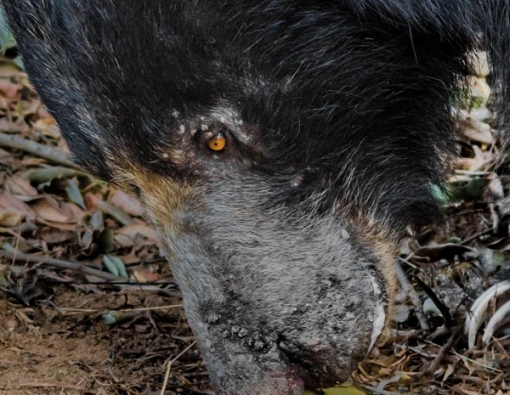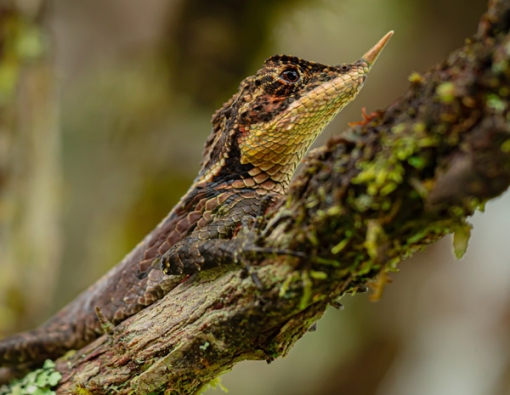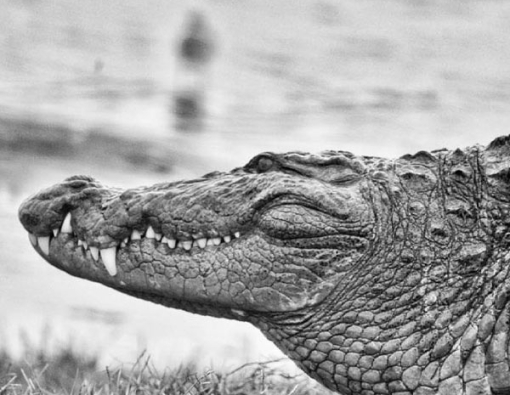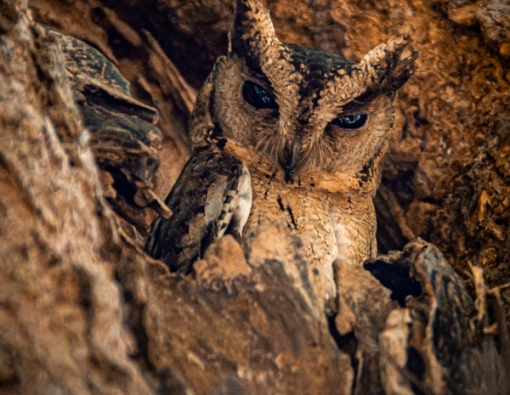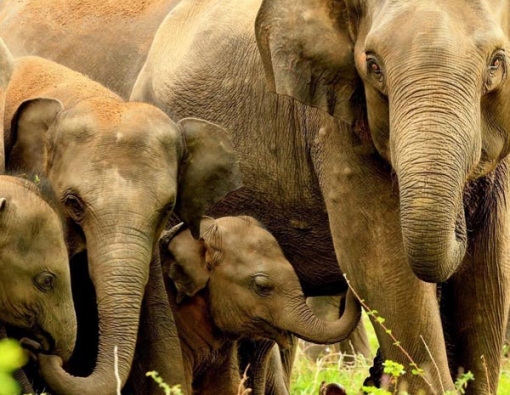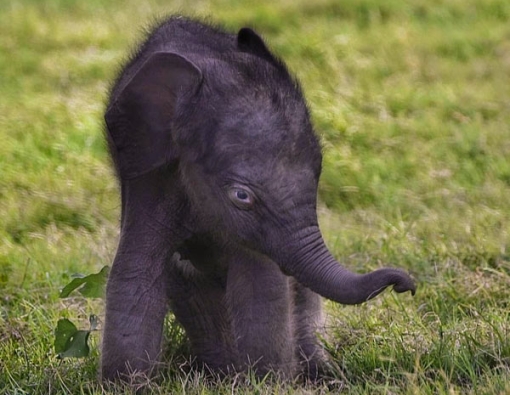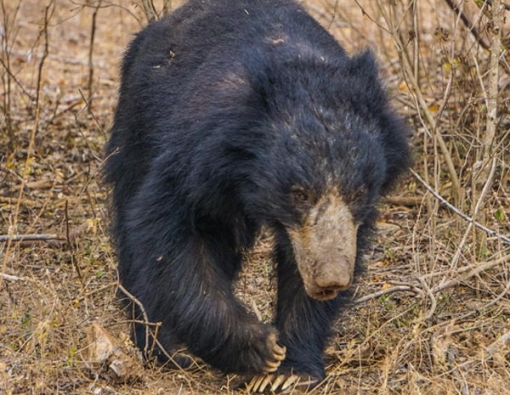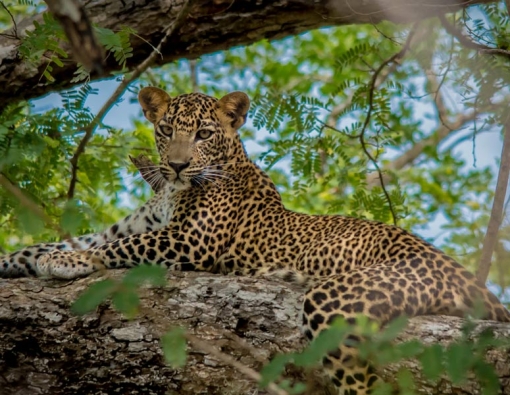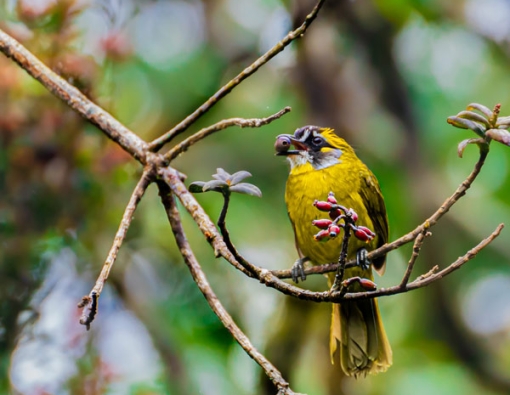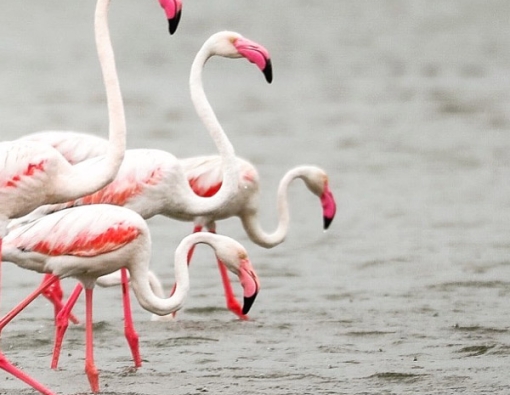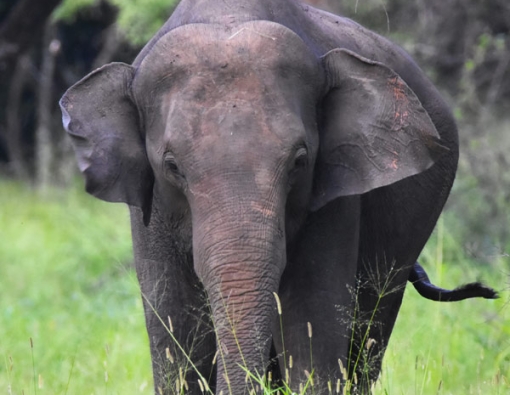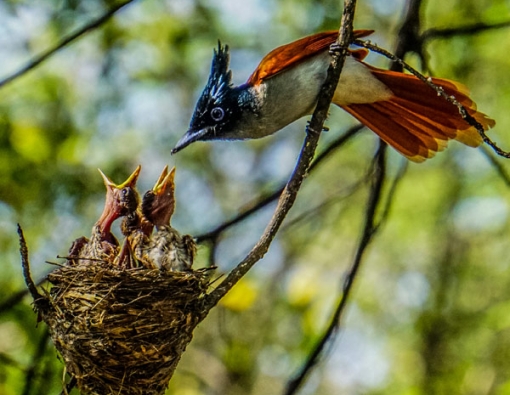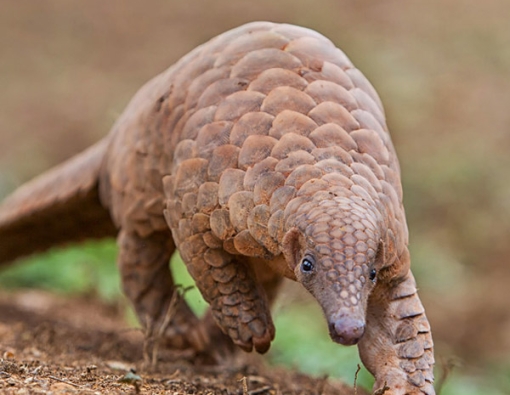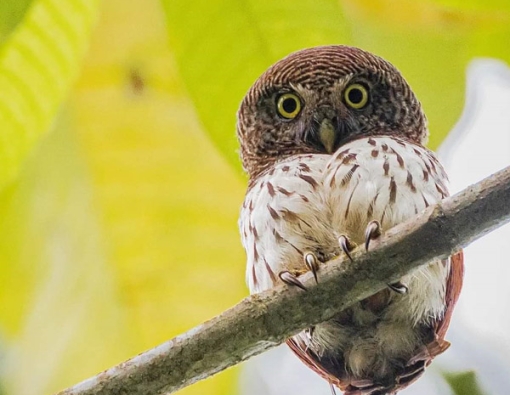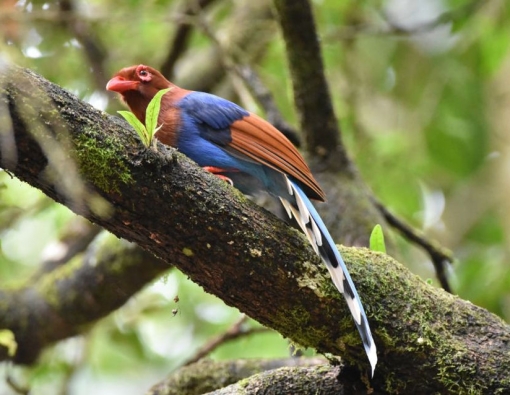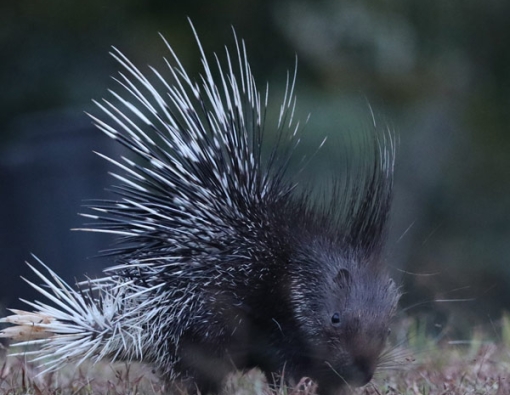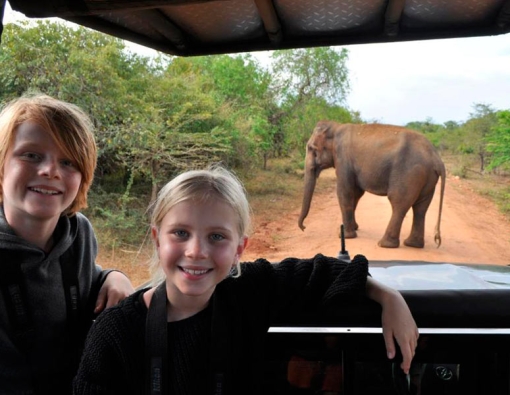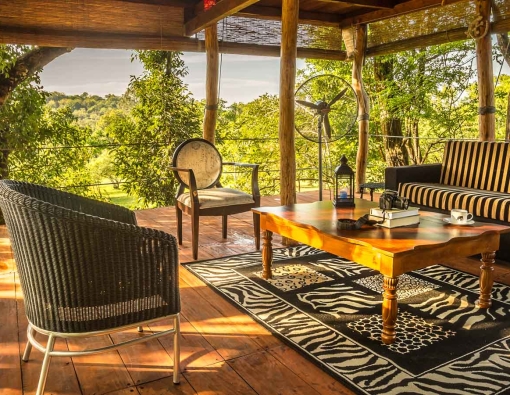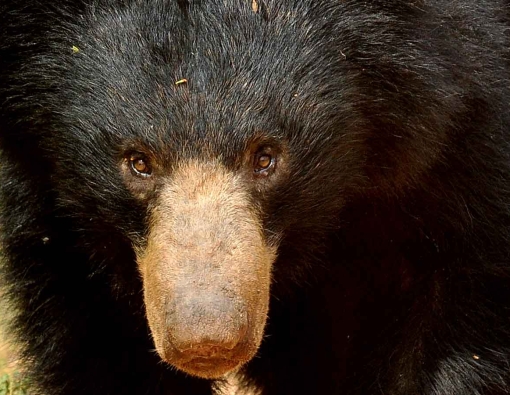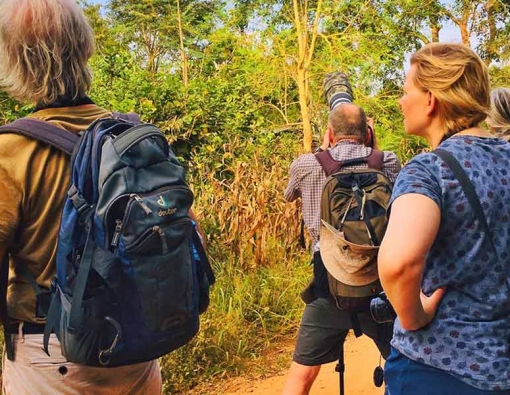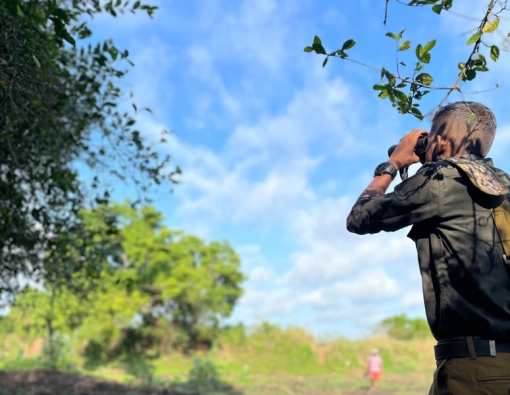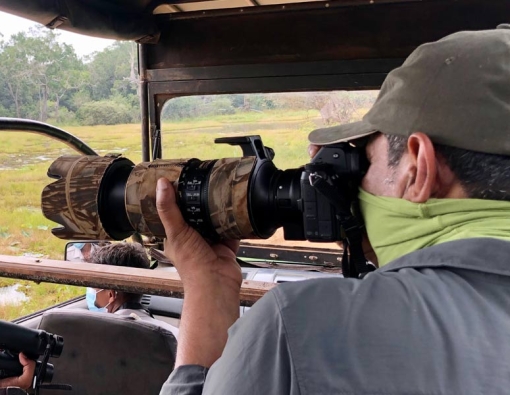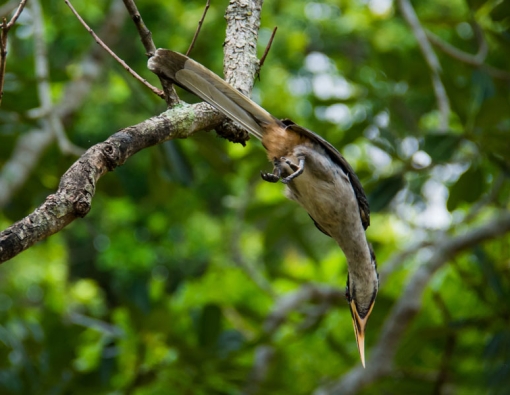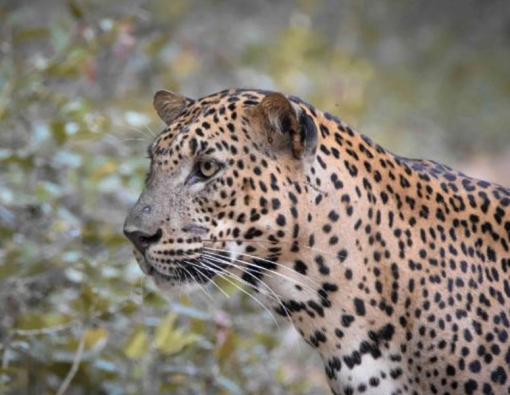Most Interesting Sea Turtle Facts from Sri Lanka
Most Interesting Sea Turtle Facts from Sri Lanka
It's all about Sea Turtles today
Extremely Cute and Cuddly…. but unfortunately extremely endangered too.
Why ??
Well, of course, as always… it's because of us humans - isn't that a shame now?
Would you like to get to know them a little bit more and try to do something to save them?
Great! Let's start then.
We all know that the beautiful island nation of Sri Lanka is world-famous for its plethora of wildlife. Along with our leopards, sloth bears and elephants, we are lucky to have an extremely rich biodiversity in our tropical sea as well.
From the giant blue whale colonies in Kalpitiya to the shy & funny dugong in Mannar - it's just an explosion of life in the warm waters around the island...
All the more reason to plan your next trip to Sri Lanka!
Turtle Species of Sri Lanka
Out of the seven living sea turtle species recorded in the world, Sri Lanka is blessed to have five species reported along the beautiful coastal belt of the island - coming for nesting.
The Green Turtle (Chelonia mydas), Olive Ridley (Lepidochelys olivacea), Hawksbill (Eretmochelys imbricata), Loggerhead (Caretta caretta) and Leatherback (Dermochelys coriacea) make the big five.
So if you plan a beach holiday in Sri Lanka, with the right experts like Mahoora Tented Camps Sri Lanka, you are more than likely bound to see a few!
Now, If we look at these turtles separately:
The Green Turtle is the most common in Sri Lankan waters. Growing to a maximum length of 1m and weighing about 250kg, an adult female can lay between 120 to 40 eggs at a time.
Then comes the critically endangered Hawksbill Turtle which is a bit rarer than the Green Turtle. Comparatively, it is much smaller, reaching a maximum length of 90cm and weighing about 50 to 70kg. The Hawksbill gets its name from its narrow head and bird-like beak, which is used to catch animals hiding in small crevices. Although it is smaller, this one is renowned for its beautiful shell, which is made up of 13 symmetrical colorful pieces … pretty neat, right?
Next, the Loggerhead Turtles are usually red and brown in colour and as their name suggests, is easily identifiable because of their large head! Growing to a maximum size of 1m and weighing about 170 to 200kg, these are primarily carnivores and their large muscular jaws are ideal for crushing molluscs and crustaceans which is its favourite meal.
The critically endangered Giant of the turtle world, the Leatherback Turtle, is the largest of the 5 species in Sri Lanka and sadly, is on the brink of extinction. This one is easily identifiable with its long front flippers and unique black and white stripy shell – its carapace or shell is in fact a layer of thin, tough, rubbery skin peppered with thousands of bone plates giving it a leathery appearance. It is in fact the only sea turtle that lacks a hard shell.
Finally, the cutest of them all is the tiny (compared to others of course … lol) Olive Ridley. The smallest species found in the country; the Olive Ridley reaches a maximum size of 65cm and weighs just 35 to 45kg. It is named after it’s olive/rust coloured shell or carapace.
Where can we see Sea Turtles in Sri Lanka?
Turtle watching is an amazing experience beyond explanation. Watching these calm and peaceful critters in the sea, slowly swimming, looking for their next meal, or hauling themselves up to a sandy beach for nesting - is something that is bound to be in your memory for a long time.
Depending on the season, Rekawa, Hikkaduwa, Mirissa, Kosgoda, Beruwala and Trincomalee can be considered as the best places in the island to catch a glimpse of these great turtles… or maybe have a swim with them, if you get lucky.
Talk to an expert like a Mahoora Naturalist, they will definitely tell you where to go and how to do this in the most environmentally conscious manner possible.
Why are the Sea Turtles important?
CORAL REEFS
Coral reefs are home to Hawksbills, which specialise in eating a handful of species of sea sponges. This diet allows less common types of sponges to grow, which increases the variety of life on the reef. Without Hawksbills, sponges can overgrow and suffocate slow-growing corals causing them to die. As reefs become more and more threatened by climate change and other detrimental challenges, the role of the Hawksbill on the reef has become even more crucial.
BEACHES
Sea turtles also have a positive influence on water. Nesting sea turtles help beaches by depositing their eggs in the sand. Eggshells and unhatched eggs left behind provide important nutrients that nourish dune vegetation such as beach grasses, which stabilise dunes and help to prevent coastal erosion.
TURTLE PREDATORS
Sea turtles are prey for other animals at all stages of life. Hatchlings are prey for birds, crabs, land mammals, and fish. Adult sea turtles are prey for apex predators like sharks and orcas.
TURTLE PREY
Different species of sea turtles feed on different things, though most of them like jellyfish. Leatherback sea turtles specialise in eating jellyfish which keeps the jellyfish population in check. If Leatherbacks were to disappear, jellyfish populations would explode - Turtle02causing an imbalance in marine biodiversity. Jellyfish prey upon larval fish, so without these larval fish - there would be no fish in the sea! Again, stating how important the preservation of marine life is so vital to maintaining that fine balance.
Adult green sea turtles primarily eat seagrass, acting as aquatic lawnmowers which help keep seagrass beds healthy (like mowing your lawn!). Seagrass beds, which are found in shallow marine waters, provide habitat, food, and protect nursery areas for many fish species, enabling them to take shelter from predators until they are larger. Healthy seagrass beds also help to stabilise the ocean bottom which helps decrease erosion from wave action and storms.
HELPING OTHERS
Sea turtles provide habitat for an array of “aquatic hitchhikers” like barnacles and other small crustaceans, remoras, algae, and diatoms. Because sea turtles undergo long migrations, they help to transport these species. They also act as sort of an umbrella for fish that use them as shelter from predators. When at the sea surface to breathe or rest, sea turtles also sometimes provide a resting spot for seabirds to land on - sort of like a reptilian aircraft carrier!
Aside from their important ecological role, sea turtles are some of the most charismatic animals on the planet! It seems that everyone loves sea turtles. But they are not only about their charisma...
IMPORTANCE TO HUMANS
Sea turtles play an important cultural role for many coastal communities around the world. Many indigenous cultures revere them or consider them ancestors. They are also an important source of income for coastal residents through turtle-watching ecotourism which is a major and an increasingly popular part of Sri Lanka tourism. Research has shown that sea turtle ecotourism can generate three times the income, than by selling sea turtle parts (eggs, meat and shells), making them worth more alive than dead.
They are a source of awe and inspiration; watching them haul themselves up a beach to nest, swim through a reef, or watch hatchlings charge to the sea, are truly magical and unforgettable experiences. Without sea turtles, our blue planet would be incomplete.
What can we do to save the Sea Turtles of Sri Lanka?
Reduce marine debris that may entangle or be accidentally eaten by sea turtles.
Participate in coastal clean-ups and reduce plastic use to keep our beaches and ocean clean. The trash in the ocean can harm sea turtles and other creatures that live there.
Carry reusable water bottles and shopping bags. Refrain from releasing balloons, they'll likely end up in the ocean where sea turtles can mistake them for prey and consume them.
Keep nesting beaches dark and safe for sea turtles. Turn off, shield, or redirect lights visible from the beach. Lights disorient hatchling sea turtles and discourage nesting females from coming onto the beach to lay their eggs.
Do not disturb nesting turtles, nests, or hatchlings. Attend organised sea turtle watches that know how to safely observe nesting sea turtles. Mahoora Guys are experts on this.. talk to them.. And you will see...
Remove recreational beach equipment like chairs, umbrellas, boats at night - so that sea turtles are not turned away.
Fill in holes and knockdown sandcastles before you leave the beach. They can become obstacles for nesting turtles or emerging hatchlings.
So that's how you help them… It's not that hard, is it?
Just a few simple tweaks to our lifestyle and a conscious commitment so that the ocean’s turtles can continue to live and swim… for another thousand years….
So when was the last time you sat on a beach at a sunset, waiting for a sea turtle?
Let us know…..

